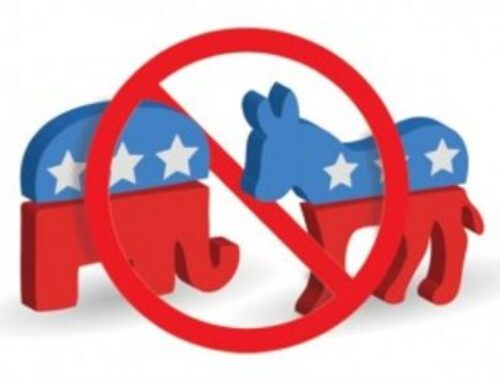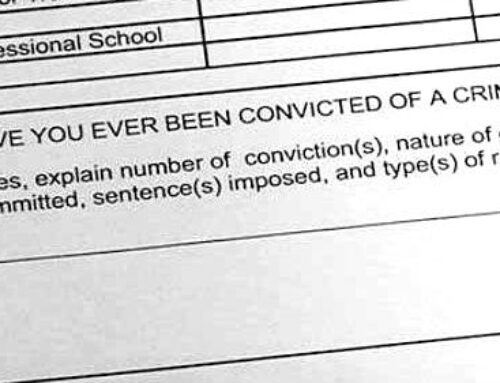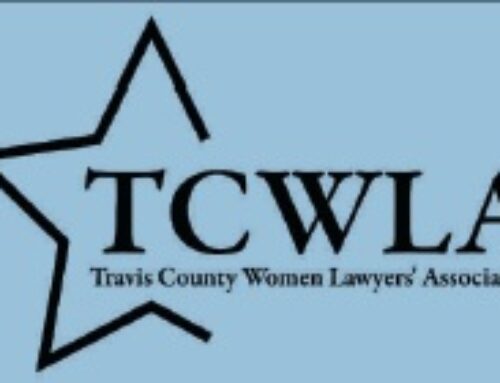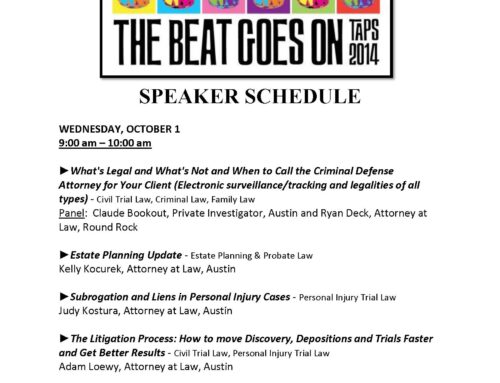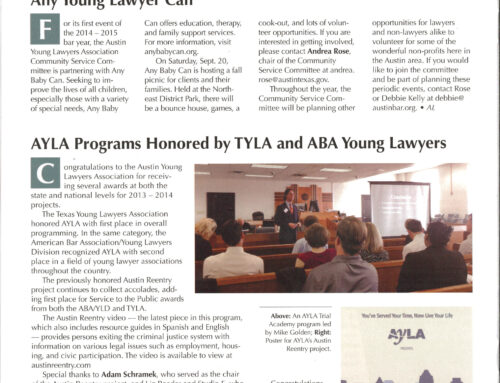
.by Ann Price, Partner
In a press release on May 17, the Department of Labor (“DOL”) announced that the final rule changing legal test for determining whether employees are exempt from overtime under the “white collar” regulation will be effective on December 1, 2016. The key provisions of the final rule are that it:
- Roughly doubles the salary threshold from $23,660 to $47,476 per year, or from $455 to $913 per week. This is a few thousand dollars less that the proposed rule indicated.
- Will automatically update the salary threshold every three years, beginning on January 1, 2020, based on the 40th percentile of full-time salaried workers in the lowest income region of the country. The proposed rule would have updated the salary threshold annually.
- Raises the “highly compensated employee” threshold, which allows for the application of a relaxed “duties” test, from $100,000 to $134,004 per year. This is almost $12,000 more than the proposed rule indicated.
- Will allow employers to count nondiscretionary bonuses, incentives, and commissions for up to 10% of the salary threshold.
- Makes no changes to the “duties” test.
The final rule is scheduled for publication in the Federal Register on May 23. The unpublished version can be found here: https://federalregister.gov/a/2016-11754. Only the official edition of the Federal Register provides legal notice to the public. The timing of the publication of the final rule raises the possibility that implementation could be blocked in 2017 under the Congressional Review Act depending on the outcome of elections in November. https://www.fas.org/sgp/crs/misc/IN10437.pdf
If they haven’t already done so, employers need to develop a strategy for dealing with these new developments. Employers should identify the positions they now classify as exempt but which are not paid enough to meet the new thresholds of $913 per week, or in cases where employers rely on the “highly compensated employee” rule, of $134,004 per year. If the shortfall is 10% or less, employers should consider whether nondiscretionary bonuses, incentives, and commissions are sufficient to meet the thresholds.
Employers face difficult choices for employees who do not earn enough to be considered exempt. Whether to increase pay or reclassify the employees as non-exempt. In turn, reclassification raises a number of issues, including:
- How to set hourly pay. Divide the weekly salary by 40 or use a lower number to keep compensation level when factoring in the expected amount of overtime the employees will work?
- Whether to continue to pay certain employees on a salary basis and use the “fluctuating workweek” methodology to calculate overtime compensation.
- Are staffing changes or reassignment of duties necessary?
- Ensuring appropriate procedures are in place to keep records of hours worked by newly reclassified employees.
- Consider the implications of bonuses and other types of compensation other than salary or hourly wages on overtime calculation and make changes as appropriate.
- Does reclassification necessitate changes in other policies, such as eligibility for perks?
- How to communicate the changes once finalized.
Overall, now is also a good time to evaluate whether any other positions are possibly misclassified as exempt. Make appropriate changes to minimize risk of investigations by DOL and wage and hour litigation.




























